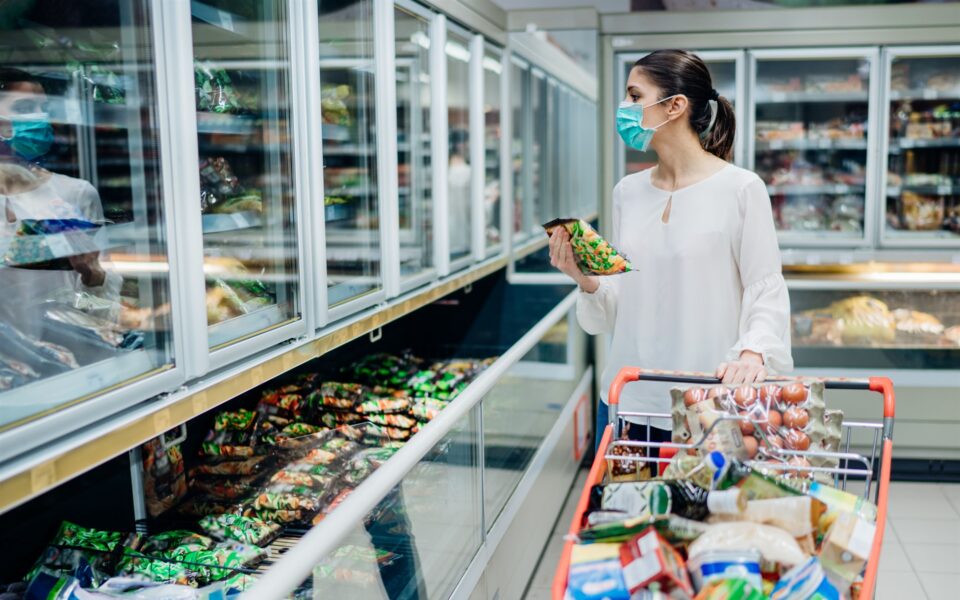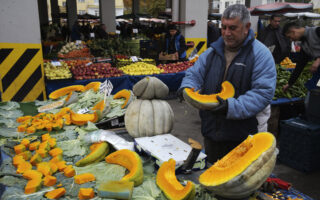Inflation is easing, but food prices are not

Many basic food and household items cost up to 70% more this year than last February, just before the war broke out in Ukraine, according to Hellenic Statistical Authority data. This is despite the easing of the consumer price index to 7.2% in December.
In total, for a basic basket of grocery products for which last year Greek households paid 76 euros, this year they pay about €94 – i.e. 23% more – for the almost same items. Prices are up on everything from milk, eggs and bread to stationery and cleaning products, with double-digit increases.
One liter of fresh milk now costs €1.87 from €1.38 at the beginning of last year, for spaghetti the increase is 38.1%, for feta cheese 21%, while branded toilet paper looks like a luxury item, as price increases reach 69%.
Taking into account the data of the family budget survey for the year 2021 and the fact that food inflation stood at 15.5% in December 2022, it follows that households are required on average, just for this category of goods, to spend about €360 euros a month compared to €311 a year ago.
The problem, of course, is much greater for economically vulnerable households; while expenditure on food accounts for an average of 22% of household expenditure, in the poorest households it is considerably higher and for the poorest 20% of the population it rises to 34.8%.
A year ago, if a household with a monthly income of €750 spent €164 on food, now it will have to spend around €190, which in fact significantly reduces its purchasing power. A household with a total monthly income of €1,500 should now spend around 24% of its income, up from 20% a year ago, on food, while an average household with a total monthly income of €2,500 should now spend around 20% of its of his income from 15% a year ago.
Worse, the rally in food prices does not stop here, with market executives predicting continued price hikes until at least the end of the first half of 2023.
Products made with expensive raw materials, continued uncertainty with the war in Ukraine, and high rates in natural gas and electricity, despite any scaling back and subsidies to businesses, are the key reasons for the ominous forecasts regarding food prices.



